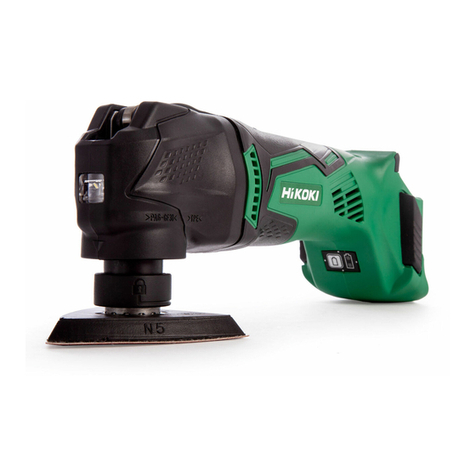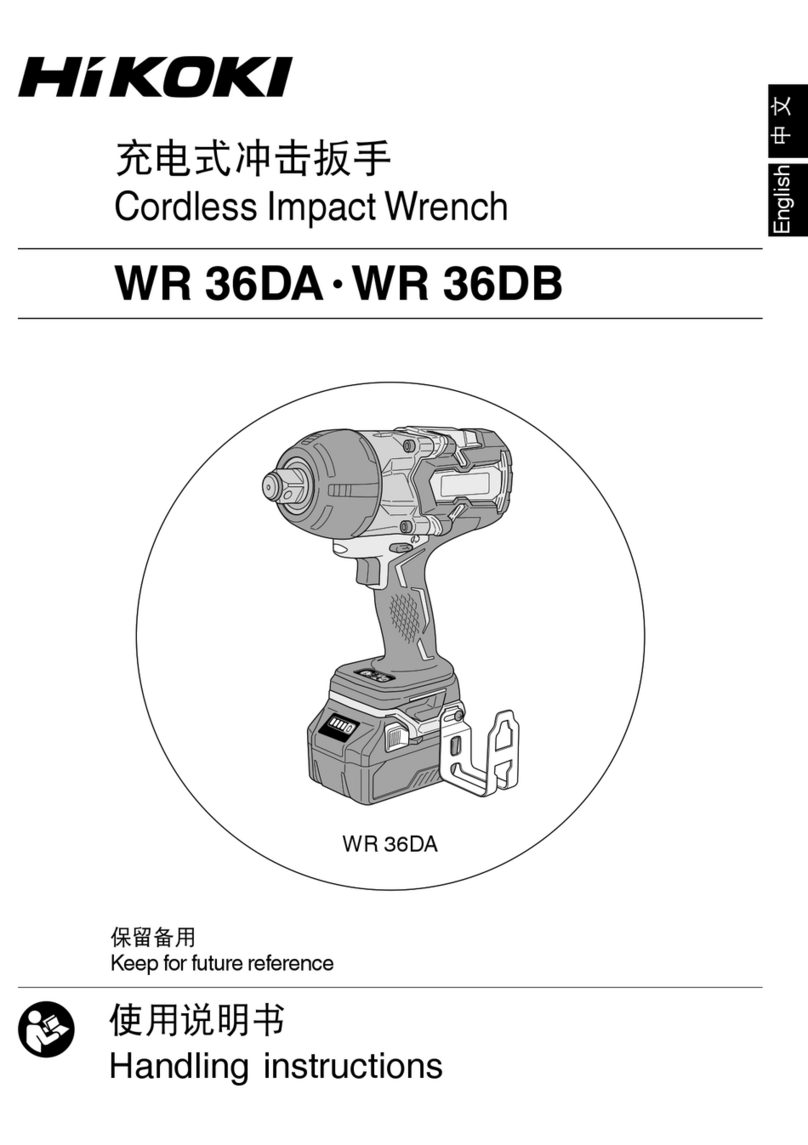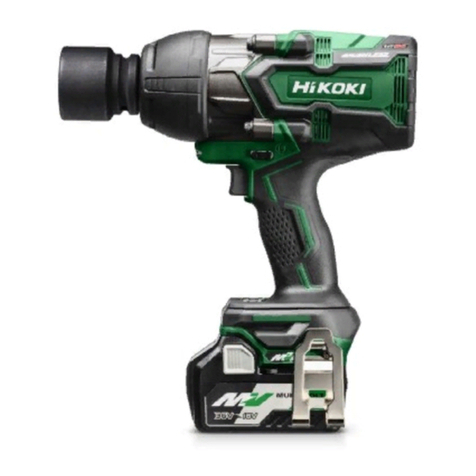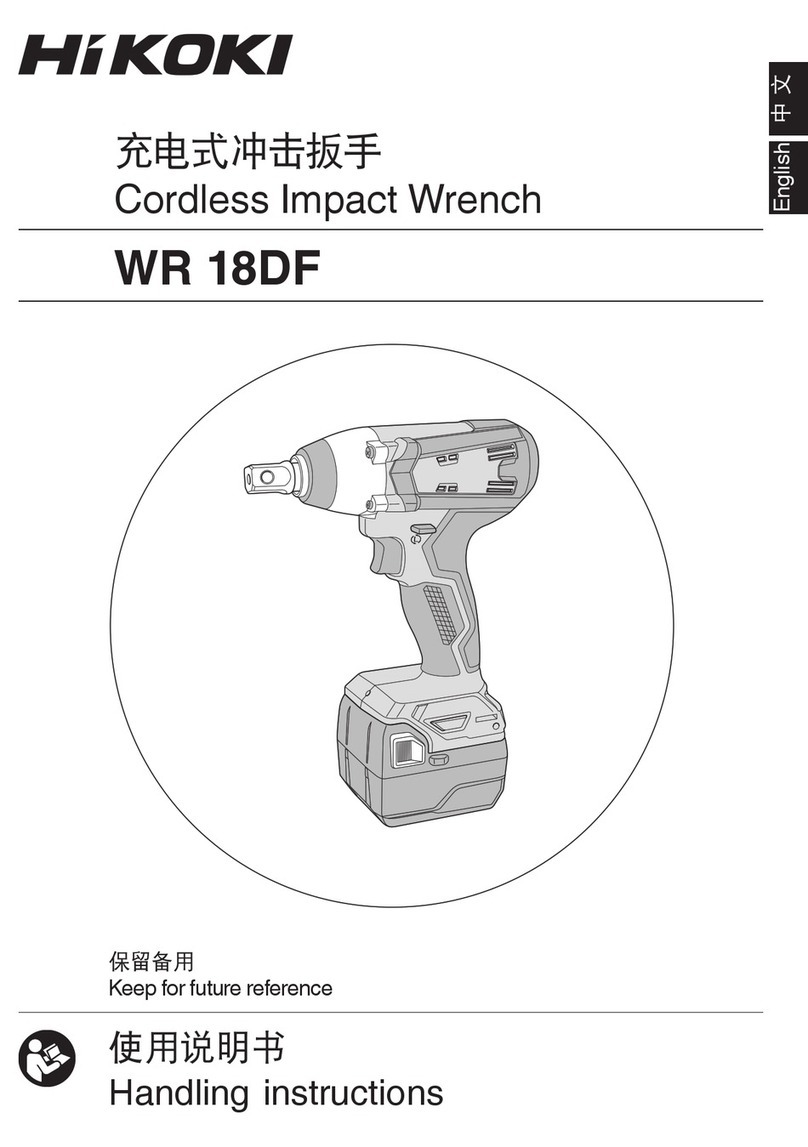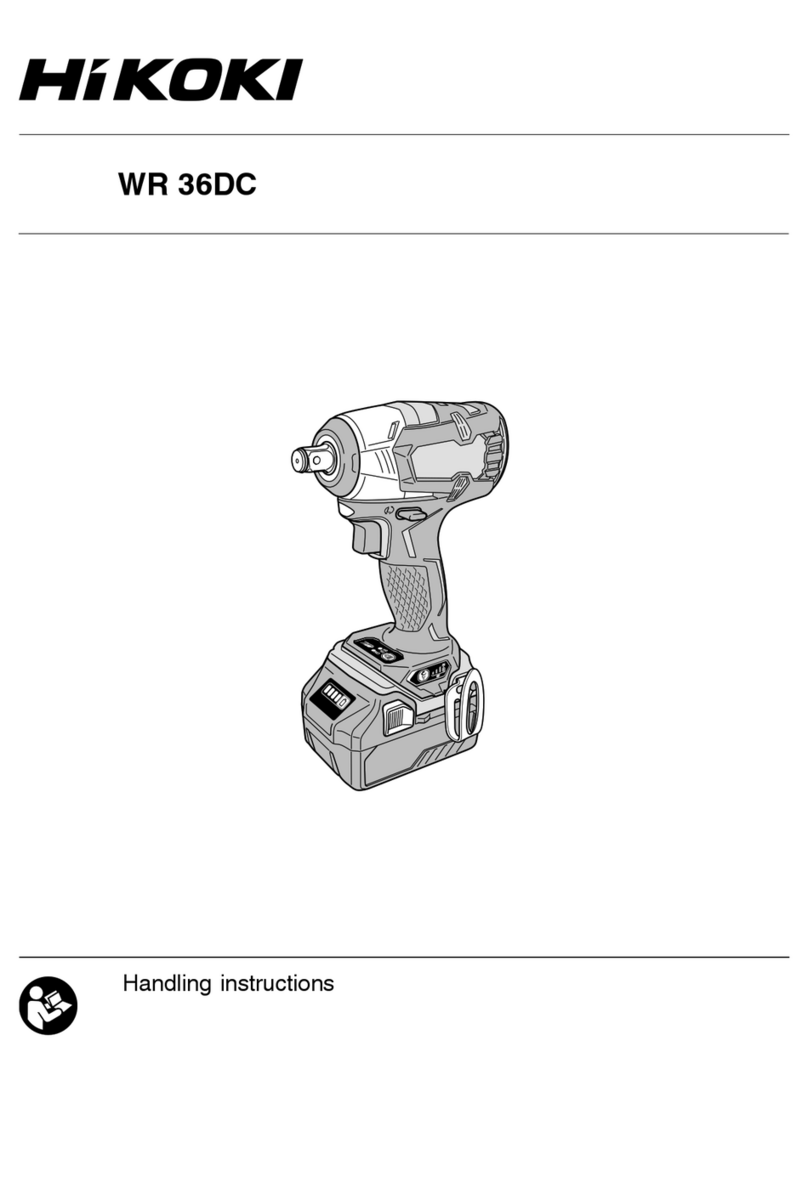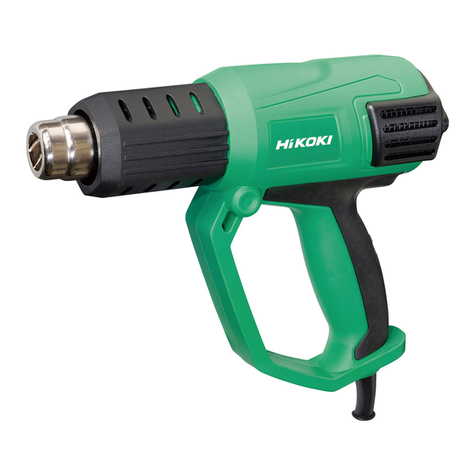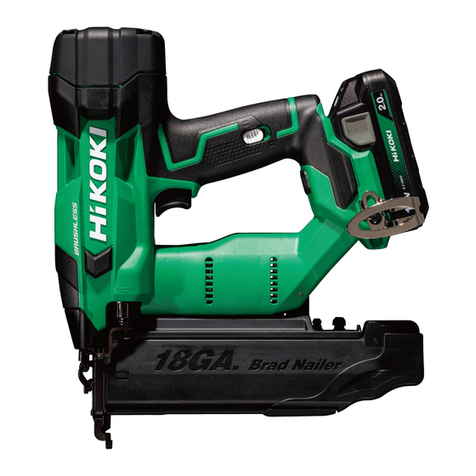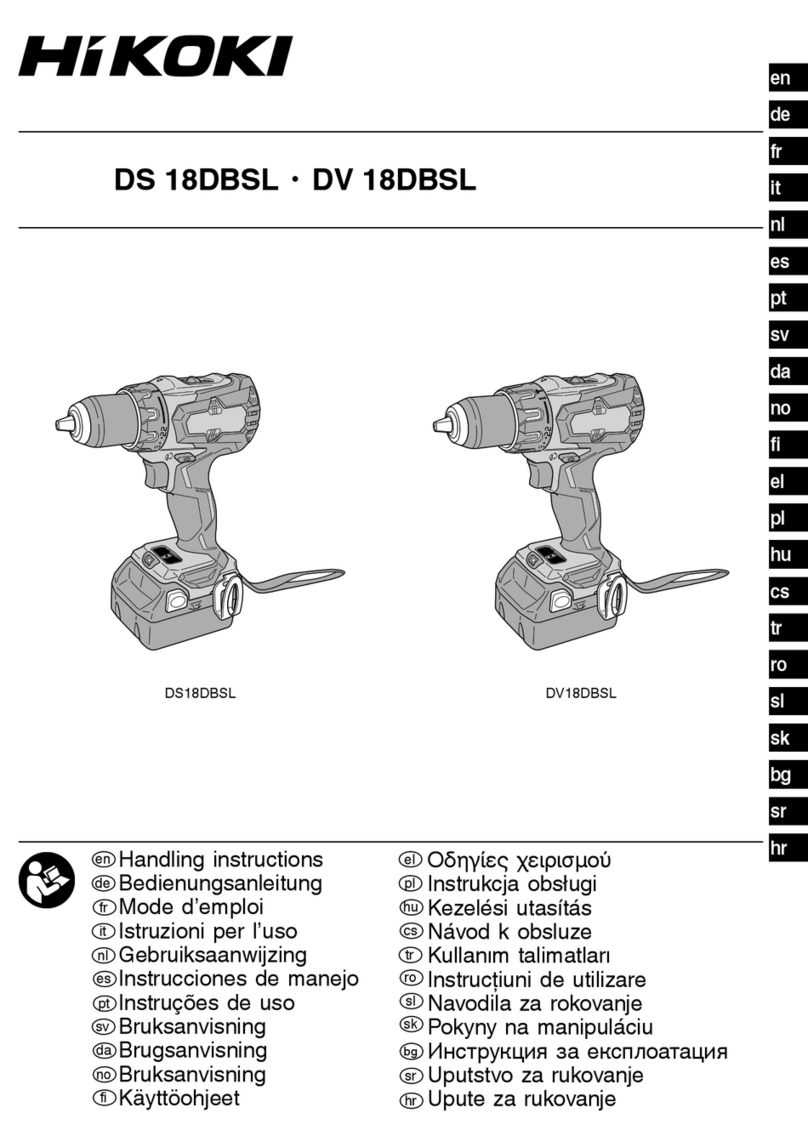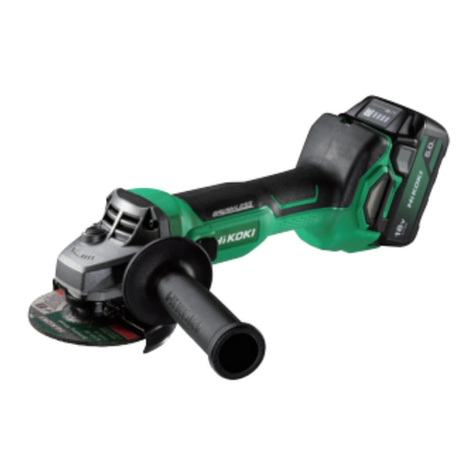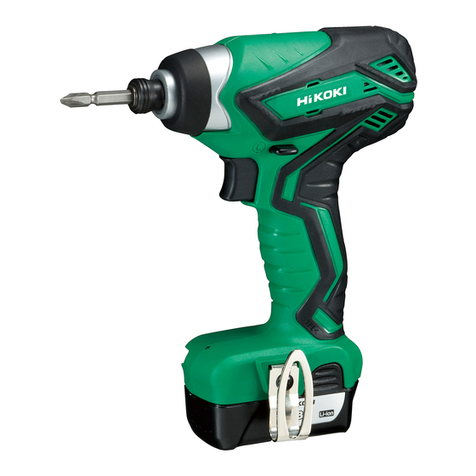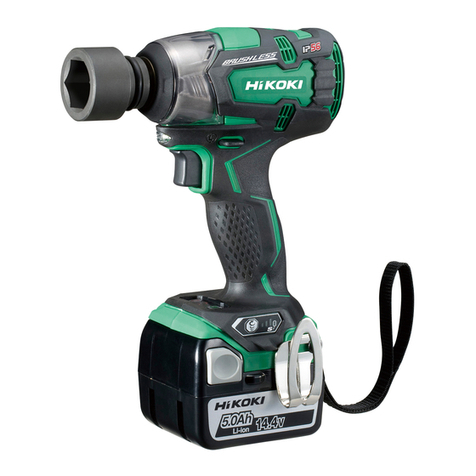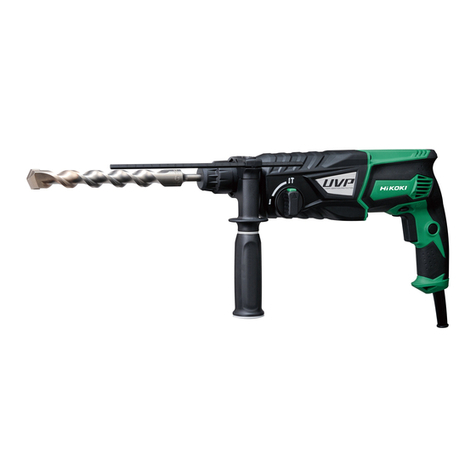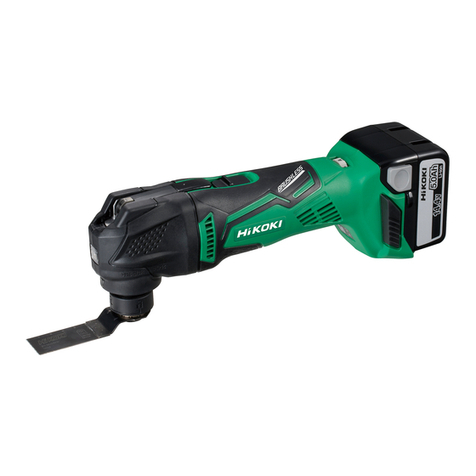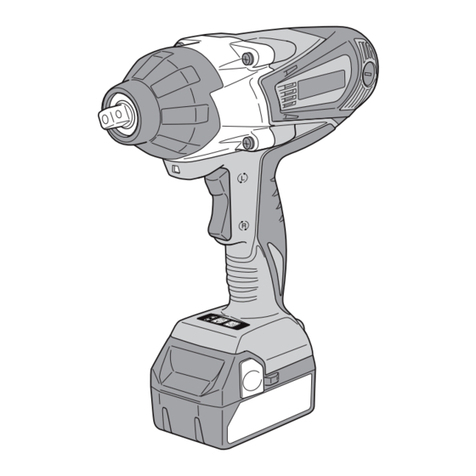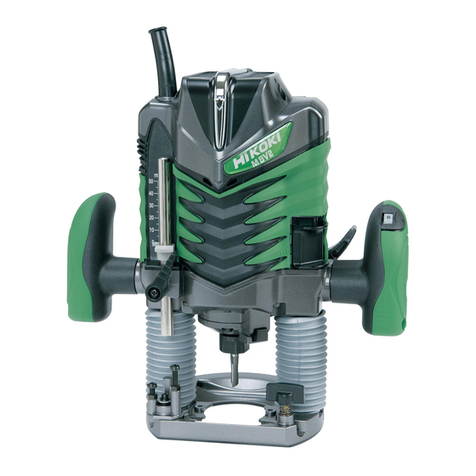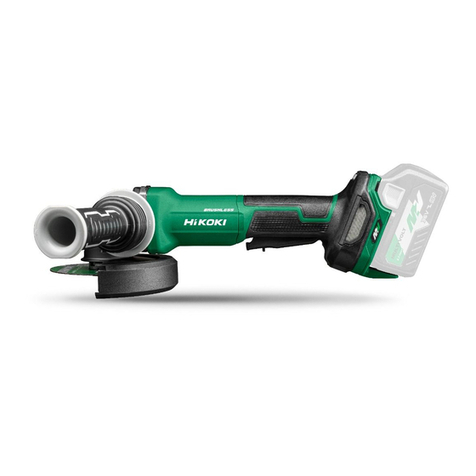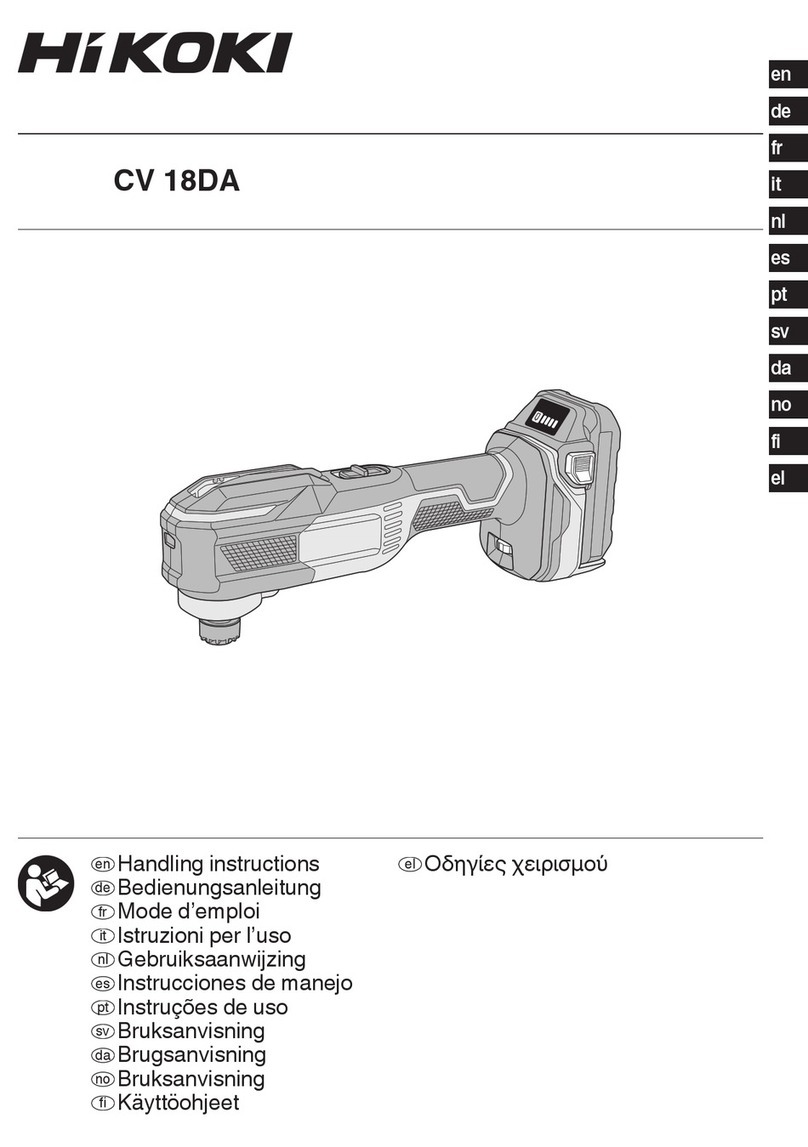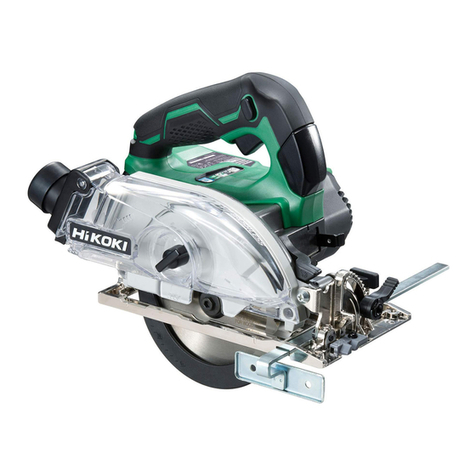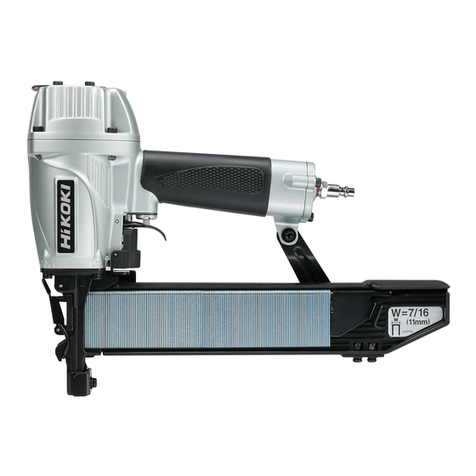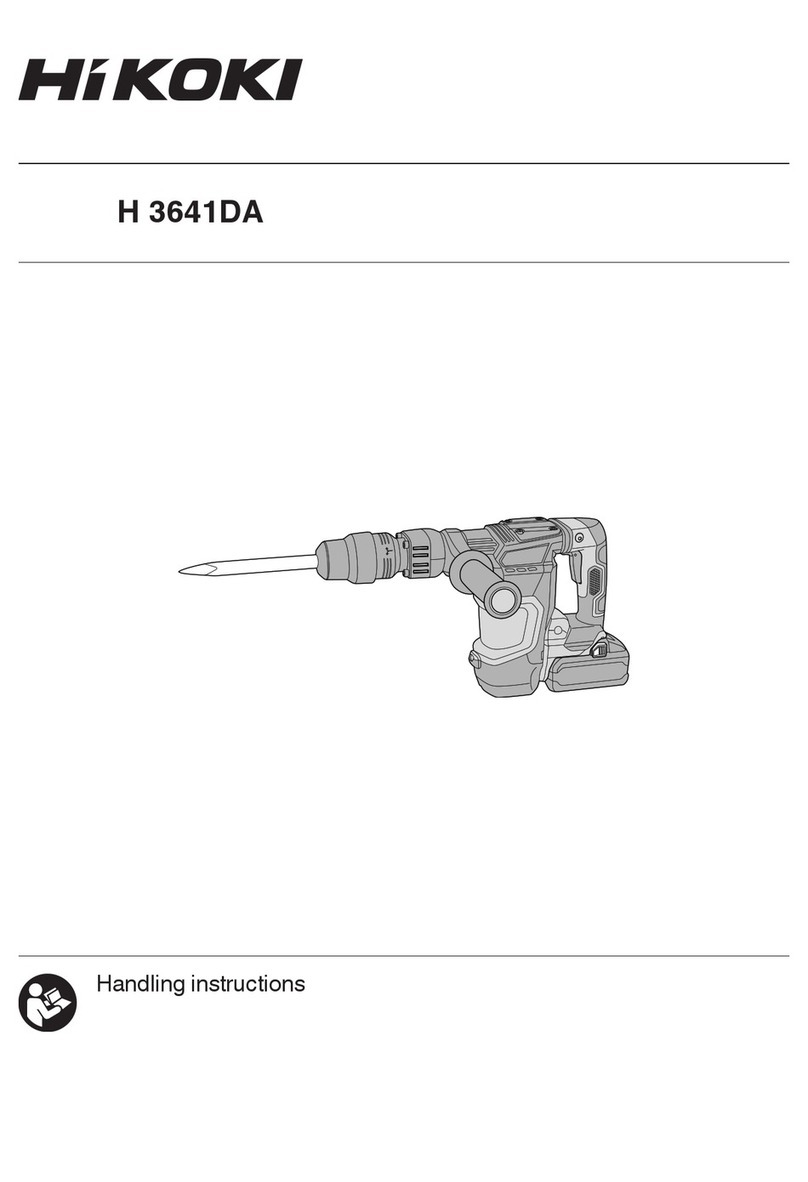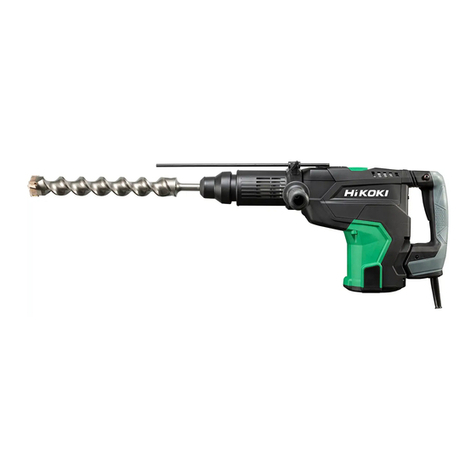
English
Page
IMPORTANT SAFETY INFORMATION ................ 3
MEANINGS OF SIGNAL WORDS ........................ 3
SAFETY ...................................................................... 4
GENERAL SAFETY RULES ................................... 4
SPECIFIC SAFETY RULES AND SYMBOLS ......... 6
DOUBLE INSULATION FOR SAFER
OPERATION ................................................... 7
USE OF EXTENSION CORD ................................. 8
FUNCTIONAL DESCRIPTION .................................... 9
NAME OF PARTS .................................................. 9
SPECIFICATIONS .................................................. 9
Page
ASSEMBLY AND OPERATION ............................... 10
APPLICATIONS ................................................... 10
PRIOR TO OPERATION ....................................... 10
INSTALLING AND REMOVING BITS ................. 11
HOW TO USE THE ROOTER............................... 12
USING THE OPTIONAL ACCESSORIES ............ 16
MAINTENANCE AND INSPECTION ....................... 17
ACCESSORIES ......................................................... 18
STANDARD ACCESSORIES ............................... 18
OPTIONAL ACCESSORIES ................................. 19
PARTS LIST .............................................................. 39
CONTENTS
ÍNDICE
Español
Página
INFORMACIÓN IMPORTANTE
SOBRE SEGURIDAD .................................... 20
SIGNIFICADO DE LAS PALABRAS
DE SEÑALIZACIÓN ...................................... 20
SEGURIDAD ............................................................. 21
NORMAS GENERALES DE SEGURIDAD........... 21
NORMAS Y SÍMBOLOS
ESPECÍFICOS DE SEGURIDAD ................... 23
AISLAMIENTO DOBLE PARA OFRECER
UNA OPERACIÓN MÁS SEGURA .............. 25
UTILIZACIÓN DE UN CABLE PROLONGADOR ...
25
DESCRIPCIÓN FUNCIONAL .................................... 27
NOMENCLATURA ............................................... 27
ESPECIFICACIONES ............................................ 27
Página
MONTAJE Y OPERACIÓN ...................................... 28
APLICACIONES ................................................... 28
ANTES DE LA OPERACIÓN ................................ 28
INSTALACIÓN Y EXTRACCIÓN DE
LAS BROCAS ............................................... 29
CÓMO USAR LA FRESADORA .......................... 30
UTILIZACION DE LOS ACCESORIOS
OPCIONALES ............................................... 35
MANTENIMIENTO E INSPECCIÓN ........................ 36
ACCESORIOS ........................................................... 37
ACCESORIOS ESTÁNDAR ................................. 37
ACCESORIOS OPCIONALES .............................. 38
LISTA DE PIEZAS .................................................... 39
00CoverF_M12V2_Eng_Spa 07/10/16, 17:302
